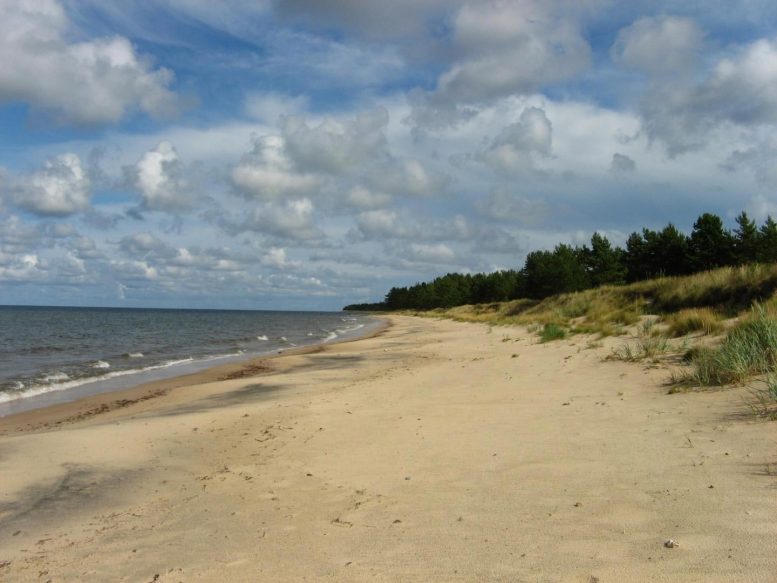Agnes Anderson, doctoral student of the School of Natural Sciences and Health of Tallinn University, recently defended her doctoral dissertation, in which she explores how the changing climate and human influence change the aeolian coastal dune landscapes. The dissertation concluded that the coastal dune landscapes are losing their distinctive features and diversity due to those influences.
The most dynamic, fragile, and attractive part of the coastal zone is characterized by the aeolian coastal dune landscapes, which extend over a 200 km² area in Estonia. Their formation is mostly determined by climate, sediments, and vegetation, which affect the movement of sand and the formation of dunes.

Due to Climate Change the Landscapes We Are Familiar With Are Disappearing
The most dynamic, fragile, and attractive part of the coastal zone is characterized by the aeolian coastal dune landscapes, which extend over a 200 km² area in Estonia. Their formation is mostly determined by climate, sediments, and vegetation, which affect the movement of sand and the formation of dunes.

This is Lõimastu beach in Estonia. Credit: Tallinn University
Due to Climate Change the Landscapes We Are Familiar With Are Disappearing

No comments:
Post a Comment